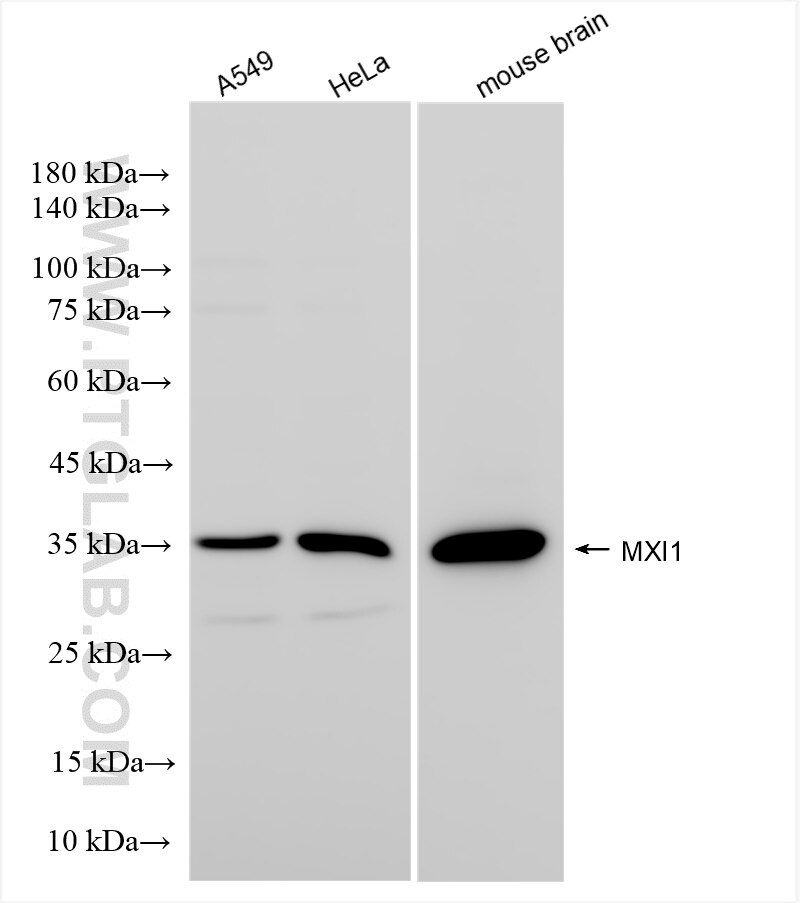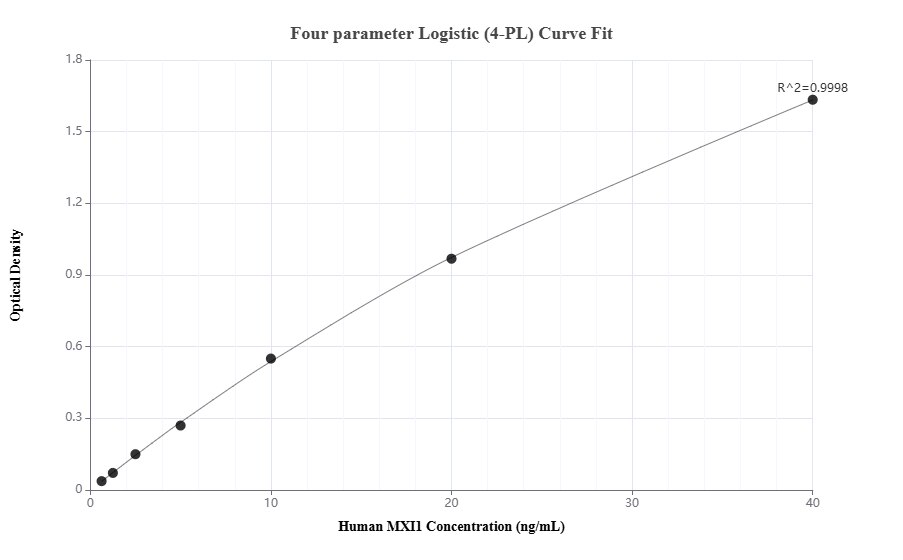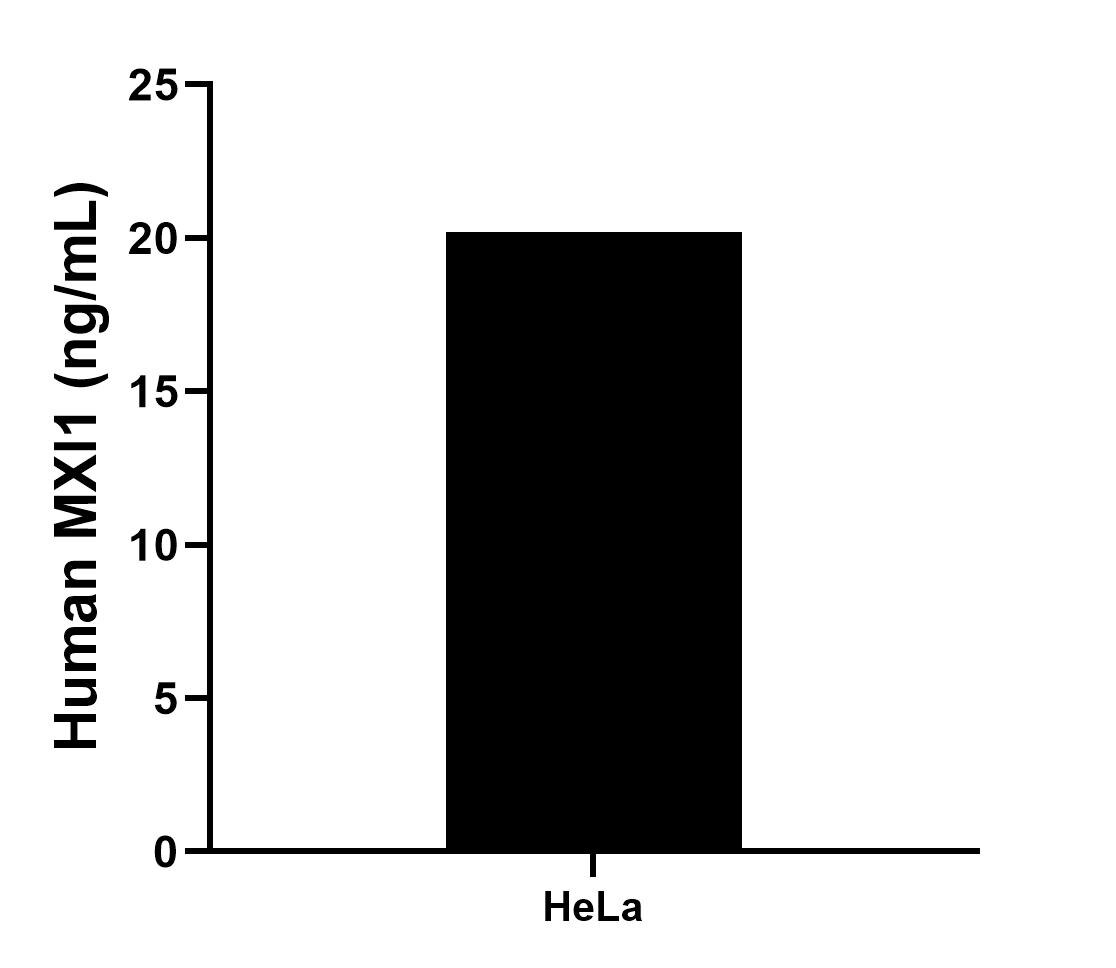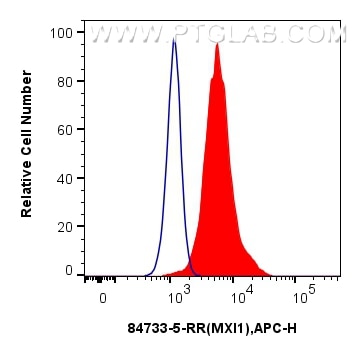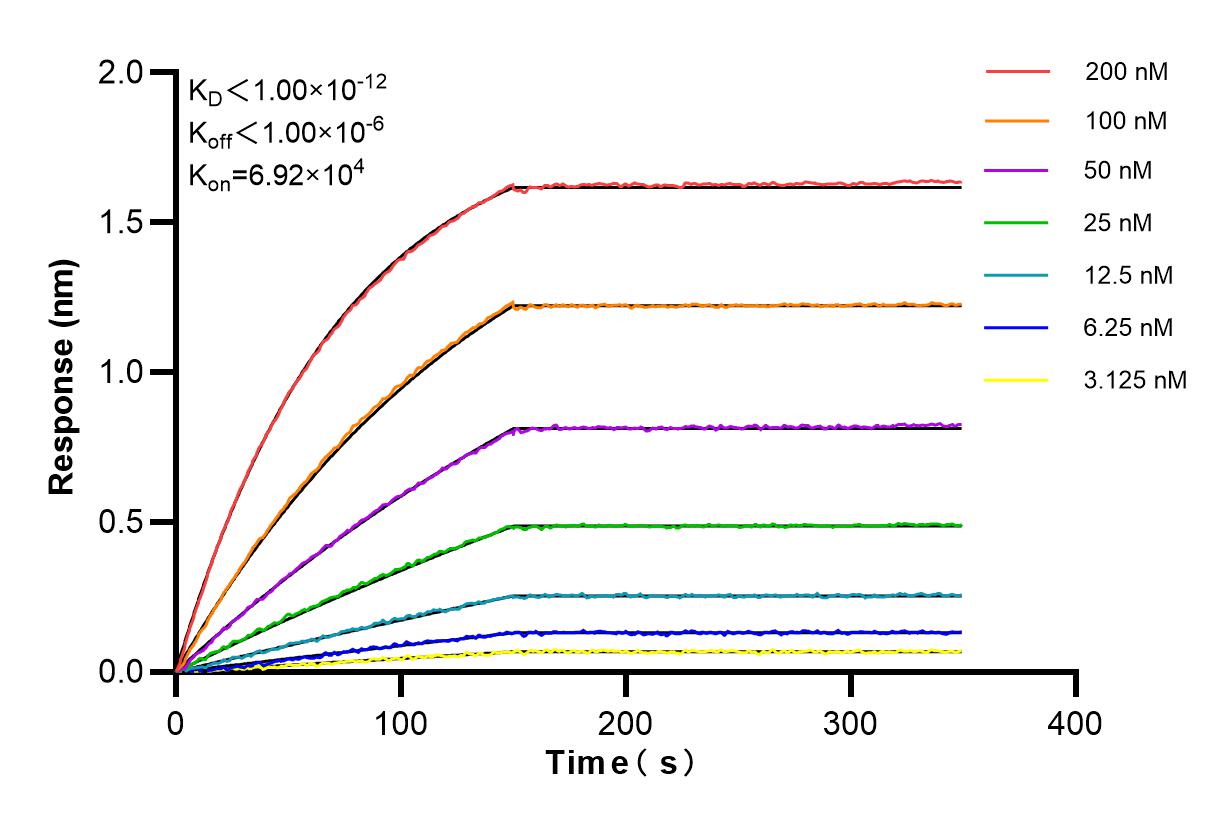Product Information
84733-5-PBS targets MXI1 as part of a matched antibody pair:
MP01509-3: 84733-1-PBS capture and 84733-5-PBS detection (validated in Sandwich ELISA)
Unconjugated rabbit recombinant monoclonal antibody in PBS only (BSA and azide free) storage buffer at a concentration of 1 mg/mL, ready for conjugation. Created using Proteintech’s proprietary in-house recombinant technology. Recombinant production enables unrivalled batch-to-batch consistency, easy scale-up, and future security of supply.
This conjugation ready format makes antibodies ideal for use in many applications including: ELISAs, multiplex assays requiring matched pairs, mass cytometry, and multiplex imaging applications.Antibody use should be optimized by the end user for each application and assay.
| Tested Reactivity | human, mouse |
| Host / Isotype | Rabbit / IgG |
| Class | Recombinant |
| Type | Antibody |
| Immunogen | MXI1 fusion protein Ag3024 Predict reactive species |
| Full Name | MAX interactor 1 |
| Calculated Molecular Weight | 228 aa, 26 kDa |
| Observed Molecular Weight | 36 kDa |
| GenBank Accession Number | BC012907 |
| Gene Symbol | MXI1 |
| Gene ID (NCBI) | 4601 |
| Conjugate | Unconjugated |
| Form | Liquid |
| Purification Method | Protein A purfication |
| UNIPROT ID | P50539 |
| Storage Buffer | PBS only , pH 7.3 |
| Storage Conditions | Store at -80°C. |
Background Information
MXI1 is a transcription factor containing a basic helix-loop-helix leucine zipper (bHLHzip) and belongs to the Myc-Max-Mad transcriptional network. It is a transcriptional repressor thought to negatively regulate MYC function, and is therefore a potential tumor suppressor. This protein inhibits the transcriptional activity of MYC by competing for MAX, another basic helix-loop-helix protein that binds to MYC and is required for its function. Defects in this gene are frequently found in patients with prostate tumors.
